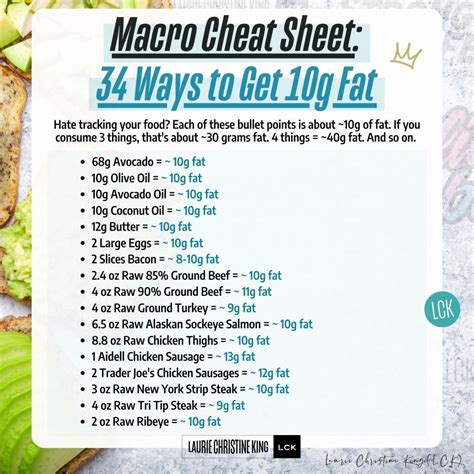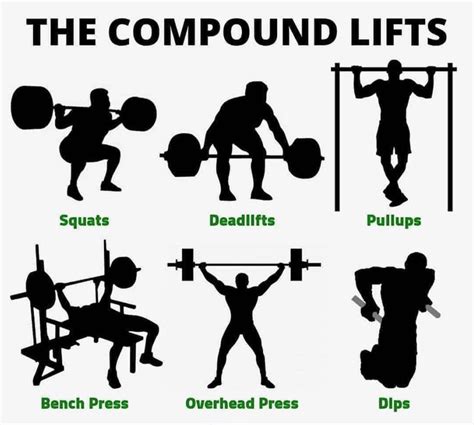How to break strength plateaus & optimize progressive overload for peak gains?

Every dedicated lifter eventually encounters the frustrating wall known as a strength plateau. That moment when your numbers refuse to budge, and progress grinds to a halt, can be incredibly demotivating. However, plateaus are not roadblocks but rather signals that your body has adapted to its current demands and needs a new stimulus. The key to pushing past these barriers and continually making gains lies in understanding and optimizing progressive overload.
Understanding Progressive Overload: The Foundation of Growth
Progressive overload is the fundamental principle behind all muscle and strength development. It simply means continually increasing the demands placed on your muscles over time. Without this constant challenge, your body has no reason to adapt and grow stronger. Most people think of progressive overload solely as adding more weight, but it encompasses a range of strategies:
- Increase Resistance (Weight): The most common method.
- Increase Repetitions: Performing more reps with the same weight.
- Increase Sets: Adding more working sets.
- Decrease Rest Times: Performing the same work in less time (increased density).
- Increase Frequency: Training a muscle group more often.
- Improve Form: Lifting the same weight with better, more controlled technique, making the exercise harder on the target muscles.
- Time Under Tension: Slowing down eccentric or concentric phases.

Identifying and Breaking Through Strength Plateaus
A strength plateau isn’t a single bad workout; it’s a period of 2-4 weeks or more where you’ve made no measurable progress despite consistent effort. Recognizing it is the first step towards breaking it.
Common Causes of Plateaus:
- Insufficient Recovery: Overtraining, poor sleep, high stress.
- Inadequate Nutrition: Not enough calories, protein, or micronutrients.
- Stale Program: Your body has adapted to the same routine.
- Poor Technique: Inefficient movement patterns.
Strategies to Shatter Plateaus:
- Implement a Deload: Often, a plateau is a sign of accumulated fatigue. A planned deload week (reducing volume and intensity by 40-60%) allows your body to recover fully and come back stronger.
- Vary Rep Ranges and Intensity: If you always train in the 6-8 rep range, switch to 3-5 reps for a few weeks (higher intensity) or 10-15 reps (higher volume). Periodization cycles can be highly effective.
- Change Exercise Variations: Swapping a barbell back squat for a front squat, pause squat, or leg press can stimulate muscles differently and help you overcome a mental or physical sticking point in the original lift.
- Address Weak Links: Identify accessory muscles that are holding back your main lifts. For example, strengthen your triceps for bench press or your glutes for squats and deadlifts.
- Optimize Nutrition and Sleep: Ensure you’re in a slight caloric surplus (if your goal is muscle gain), consuming adequate protein (1.6-2.2g/kg body weight), and getting 7-9 hours of quality sleep per night. These are non-negotiable for recovery and growth.

Optimizing Progressive Overload for Peak Gains
Once you’ve broken a plateau, it’s time to refine your progressive overload strategy to ensure sustained gains. This isn’t just about randomly adding weight; it’s about smart, systematic progression.
Advanced Progressive Overload Techniques:
- Double Progression: Define a rep range (e.g., 8-12 reps). Once you can hit the top end of that range for all sets, increase the weight and drop back to the lower end of the rep range. Rinse and repeat.
- Load Progression with Periodization: Plan out cycles where you intentionally vary intensity and volume. For example, a mesocycle might involve 3 weeks of accumulation (increasing volume), 1 week of intensification (increasing weight, lower reps), followed by a deload.
- Employ Drop Sets or Supersets Judiciously: While not a primary progressive overload tool, these can increase training density and volume within a session when used strategically and not constantly.
- Technique Mastery: Continuously work on perfecting your form. A stronger, more efficient movement pattern allows you to lift more weight safely and effectively, which itself is a form of progression.
- Track Everything: Keep a detailed log of your workouts – weights, reps, sets, rest times, and even how you felt. This data is invaluable for identifying trends, planning future sessions, and recognizing when you’re approaching a plateau.

The Role of Consistency and Patience
Breaking plateaus and optimizing progressive overload are ongoing processes that demand consistency and patience. There will be good days and bad days, but the overall trend should be upwards. Celebrate small victories, learn from setbacks, and remain committed to the journey.

Conclusion
Strength plateaus are an inevitable part of the fitness journey, but they are far from insurmountable. By understanding the multifaceted nature of progressive overload, actively identifying the signs of a plateau, and implementing targeted strategies for recovery and variation, you can not only break through these barriers but also establish a robust framework for continuous, peak gains. Remember, true strength comes not just from lifting heavier, but from lifting smarter.








